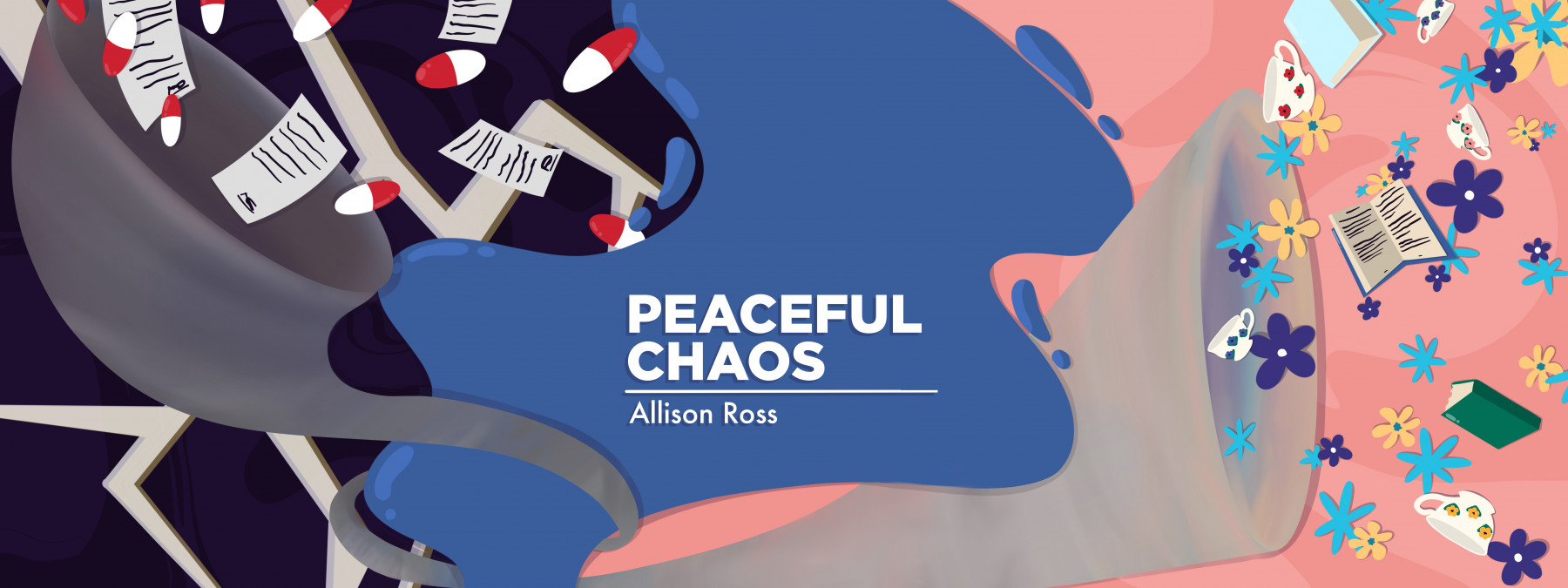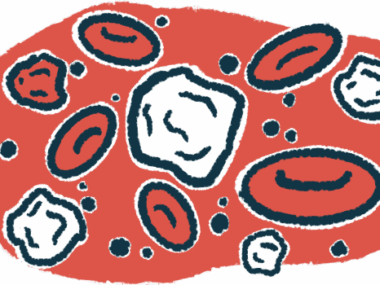A Chronic Disease Lifestyle Involves a Thousand Little Details
Written by |

There’s more to a chronic disease lifestyle than seeing a doctor and taking meds. I’m reminded of this on a daily basis, with dozens of small actions that have become so routine I don’t even think about them as having to do with vasculitis anymore.
At first, adjusting to a “new normal” after my diagnosis felt as though a hierarchy of importance existed. My priorities were to stick to treatment guidelines, stay in close contact with my physician, and keep my medical bills in order. My focus was on staying alive, and I didn’t have the luxury of thinking about a better quality of life — at least not yet.
Having been in remission for almost a decade, I don’t have the same level of concern for my health as I did in those days. But I remain absolutely vigilant in other areas, such as hygiene, self-care, and avoiding germs.
The reason is that when I get sick, I get really sick. It’s the double whammy of the meds I’m administered, which fend off inflammation, keeping me stable and in remission, but also lower my body’s resistance to run-of-the-mill pathogens. Even routine illnesses such as a head cold can easily develop into something worse, like a sinus infection or pneumonia.
For years, I’ve made a distinction between what my left hand and my right hand are doing. For example, I’ll use my right hand to eat and my left hand to open doors, pick up after my dog, do the housecleaning, and handle items that probably carry the most bacteria. It seems silly when I break it down like that, but it also makes sense to lower the risk with methods I can control.
The lifestyle of germ avoidance carries over to my social life in a huge way, and it was especially difficult when I was younger. I typically don’t stay out late, and I almost never drink to excess. One of my weekly splurges, karaoke nights, involves taking a lens-cleaning wipe to the mic to ensure I don’t catch germs from another singer. If I do have alcoholic drinks, I always match each one with water, as dehydration isn’t a good idea with a treatment plan that involves steroids and anti-inflammatory meds.
Even in college I wasn’t a partier. Being sick as a teen forced me to grow up fast, and I knew there were risks to my health that weren’t worth taking. Besides, it was too exhausting to stay out late when I was drained from the side effects of multiple medications.
Back to the present day: I currently eat the right food and exercise carefully to keep my body as healthy as I can under the circumstances. There are only so many hours in the day, and when I got sick, I had to determine my priority list. Those two items always hover near the top.
Cooking nutritious food to naturally sustain my immune system and working out to keep my bones strong aren’t simply options if I have time — I make the time. This balance is a lifestyle I build up to consistently function around so that I don’t let myself slip into a place where I could experience a vasculitis flare.
Activities that healthy people might consider to be indulgent self-care are closer to necessities for those of us with an autoimmune disorder. Journaling helps me sort through the mental ups and downs of living with illness. Rest is absolutely nonnegotiable. And a hot bath is sometimes the only thing that brings up my body temperature to a level that my muscles, nerves, and skin can tolerate — especially in the harshness of wintertime.
Even though each day is filled with more lines on my to-do list than a healthy person my age would have, it’s worth it to spend extra energy on them. Living with vasculitis isn’t about surviving, it’s about thriving and creating a better quality of life in as many ways as we can.
Note: ANCA Vasculitis News is strictly a news and information website about the disease. It does not provide medical advice, diagnosis, or treatment. This content is not intended to be a substitute for professional medical advice, diagnosis, or treatment. Always seek the advice of your physician or other qualified health provider with any questions you may have regarding a medical condition. Never disregard professional medical advice or delay in seeking it because of something you have read on this website. The opinions expressed in this column are not those of ANCA Vasculitis News or its parent company, Bionews, and are intended to spark discussion about issues pertaining to ANCA vasculitis.







Leave a comment
Fill in the required fields to post. Your email address will not be published.